Here’s How to Install a Bidet Toilet Seat – 6 Steps
Last Updated on September 5, 2023 by toilethaven
How do you install a Bidet Toilet Seat?
A bidet seat is an advanced toilet seat that cleanses the toilet user using water instead of toilet paper. Bidet seats can either be electric or non-electric.
To install a bidet toilet seat, turn off the water to the toilet and install the tee adapter on the water supply line. Remove the old toilet seat, and after cleaning the bowl, install the bidet mounting plate. Slide the bidet seat in the plate, connect the water supply line, and plug in the electric line.
You do not need an electric outlet if you are installing a non-electric bidet seat. Such bidets use cool water for cleansing and are usually cheaper, albeit with just the basic functions.
While installing an electric bidet seat, you may need to hire an electrician if you do not have an electric outlet close to the toilet. The outlet needs to be very close to the toilet to make the power cord as inconspicuous as possible and to avoid tripping over it.
You cannot install a bidet seat on just any toilet. You first need to know if you have an elongated or round toilet bowl to start with. Apart from that, toilets with a French curve are harder to install a bidet seat, and in some cases, it will be impossible to install one.
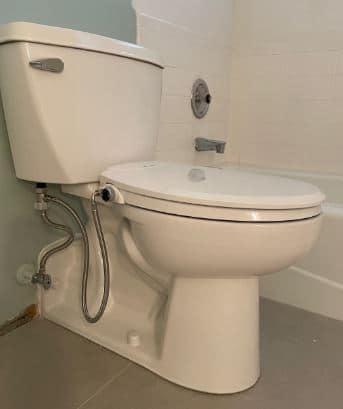
Non-electric bidet seats are the most basic types of bidet seats and offer limited functions. Electric bidet seats have a power connection and are more expensive than non-electric bidet seats. They, however offer more functions such as:
- Warm water cleansing
- Pulsating wash
- Oscillating wash
- Warm air drying
- Air deodorizing
- Heated seat
- Nightlight
High-end bidet seats like the Toto S550e washlet feature an auto opening and closing toilet seat and lid.
The process of installing electric bidet seats is, however, similar to that of non-electric bidet seats. Installing a bidet toilet seat is easy and quick, unlike installing a stand-alone bidet, which you need to have plumbing experience to do. Stand-alone bidets are the porcelain oval-shaped fixtures installed next to the toilet.
Stand-alone bidets serve the same purpose as a bidet seat, just that bidet seats use a nozzle to clean you while you clean yourself with your hand or a water jet in some stand-alone bidets. While bidet seats use warm air to dry you, you will need to use a towel or toilet paper to dry yourself after using a stand-alone bidet.
The following are the steps to follow while installing a bidet toilet seat:
- Turn off the toilet water supply
- Remove the old toilet seat
- Install the bidet seat mounting plate
- Slide the bidet toilet seat
- Connect the water supply
- Test and use the bidet seat
The materials and tools needed are:
- Bidet toilet seat
- T-valve
- Bidet seat mounting plate
- Bolts and wingnuts
- Bidet water supply line
- Adjustable wrench
- Flathead screwdriver
- Sponge
Step 1: Turn off the Toilet Water Supply
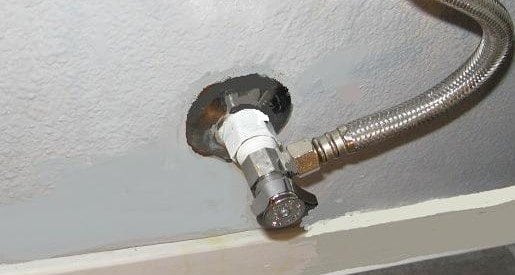
- Look for the toilet shut-off valve on the wall behind the toilet. Turn it all the way clockwise. If, instead, you have a push/pull valve, pull it all the way out.
- Flush the toilet and hold the handle down to remove as much water as possible.
- Remove the toilet lid and place it in a safe place. Remember, the lid is also made of porcelain and could easily crack.
- At the bottom of the tank, you will notice a small amount of water still left. Use the sponge to soak it up and squeeze it out into the bowl until the tank is empty.
- Put the tank lid back on.
- Disconnect the water supply line. This is the braided line that runs from the shut-off valve to the underside of the tank, where it is connected to the fill valve. Disconnect it from where it is connected to the fill valve. Use your bare hand and not the wrench. The wrench could easily deform it by making it oval. Only use a wrench if the connection is too tight.
Step 2: How to Remove Existing Toilet Seat
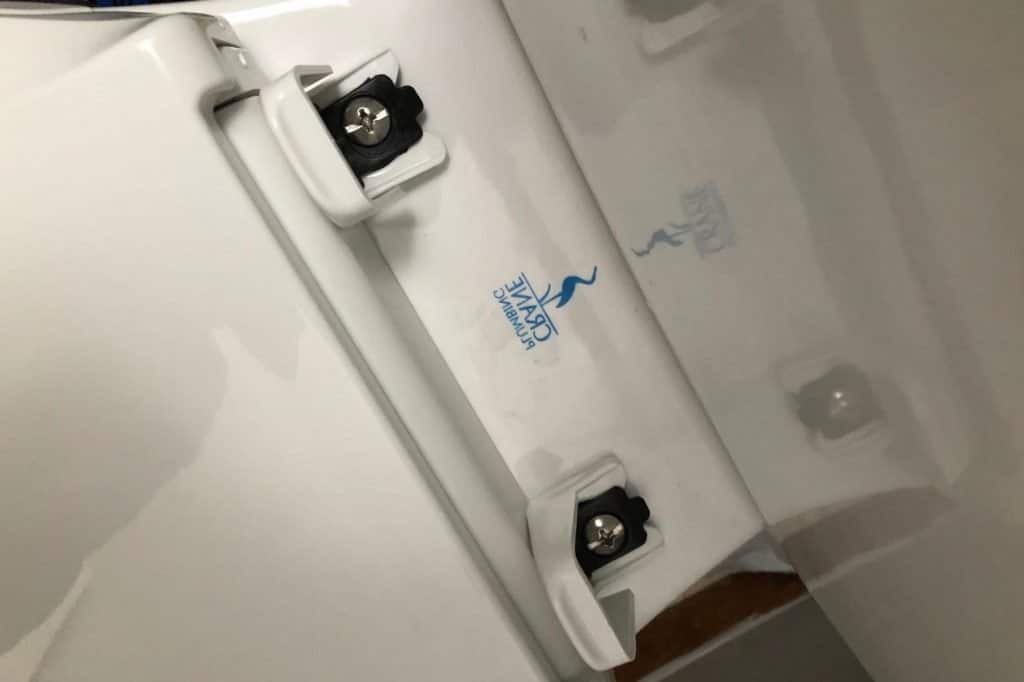
- The seat is mounted on the bowl using 2 bolts and nuts. The mounting hardware can be either metallic or plastic. Check to see if the toilet seat bolt heads are concealed using plastic covers. If that’s the case, pry the covers off with the screwdriver.
- Using one of your hands, reach the underside of the bowl and grab the nut firmly. With your other hand, use the screwdriver to unscrew the bolt. Do the same for the other bolt and nut.
- If the bolt and nut are metallic, it might be tough to grab the nut with your bare hand. In this case, you can go ahead and use the wrench.
- Sometimes, the nuts and bolts are so corroded that they won’t come off easily. Spray penetrating oil on the bolt and nut and wait for 15 minutes before trying again.
- After the old toilet seat is out, clean the top of the toilet bowl thoroughly to remove any stains that might have accumulated over time.
Step 3: Install the Bidet Seat Mounting Plate.
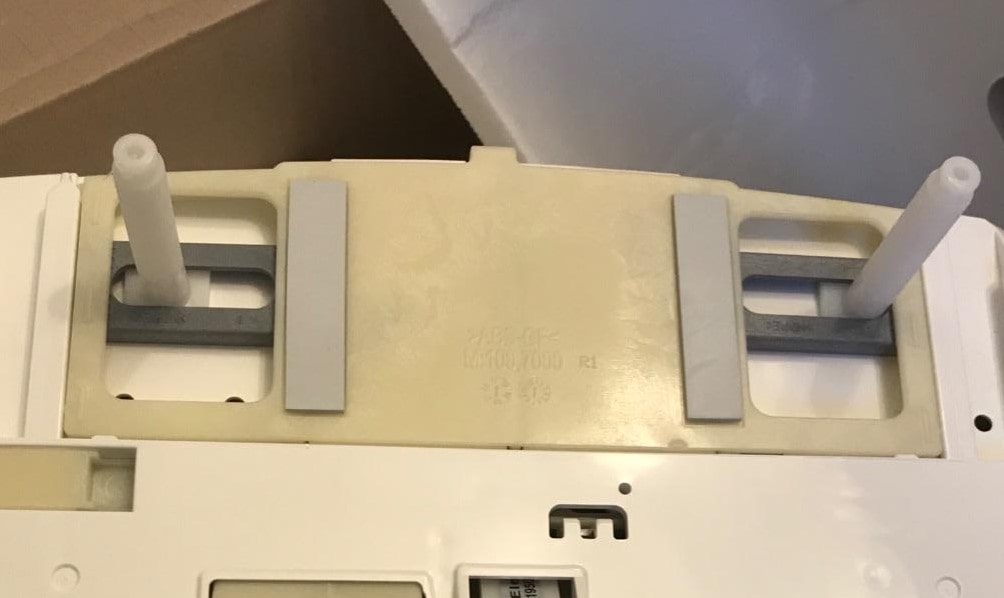
- Align the bidet seat mounting plate with the bowl’s seat mounting holes and insert the bolts through.
- The mounting plate can be adjusted back and forth for a better alignment between the seat and the bowl, thanks to its long open sections.
- Tighten the bolts using the supplied nuts. Ensure that the mounting plate is not wiggling. A wiggling mounting plate means that the bidet seat will also be wiggling/shifting.
Step 4: Slide in the Bidet Toilet Seat
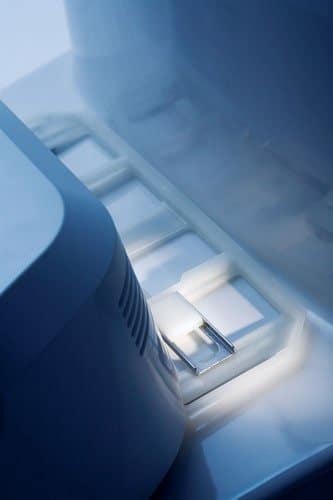
- Align the bidet toilet seat with the mounting plate and gently slide it in. As a confirmation that the bidet seat is properly installed and locked, you should hear it click.
- Check the sides of the bidet seats and at the front, too, whether it is properly aligned with the bowl. If it is not, slide it out, adjust the mounting plate, and slide it back. Repeat until you are satisfied.
Step 5: Connect the Toilet Water Supply
- Connect the bidet T-valve to the toilet fill valve. It is important to ensure that the part of the T-valve that will deliver water to the bidet seat is pointing directly to the bidet seat.
- You will then connect the water supply line (the one connected to the shut-off valve) on the lower end of the T-valve.
- Connect the bidet seat water supply line to the T-valve and also connect the other end to the bidet seat.
- Tighten all the connections to make sure there will be no leakages. Do not, however, go crazy on it. Just a ¼ turn is fine.
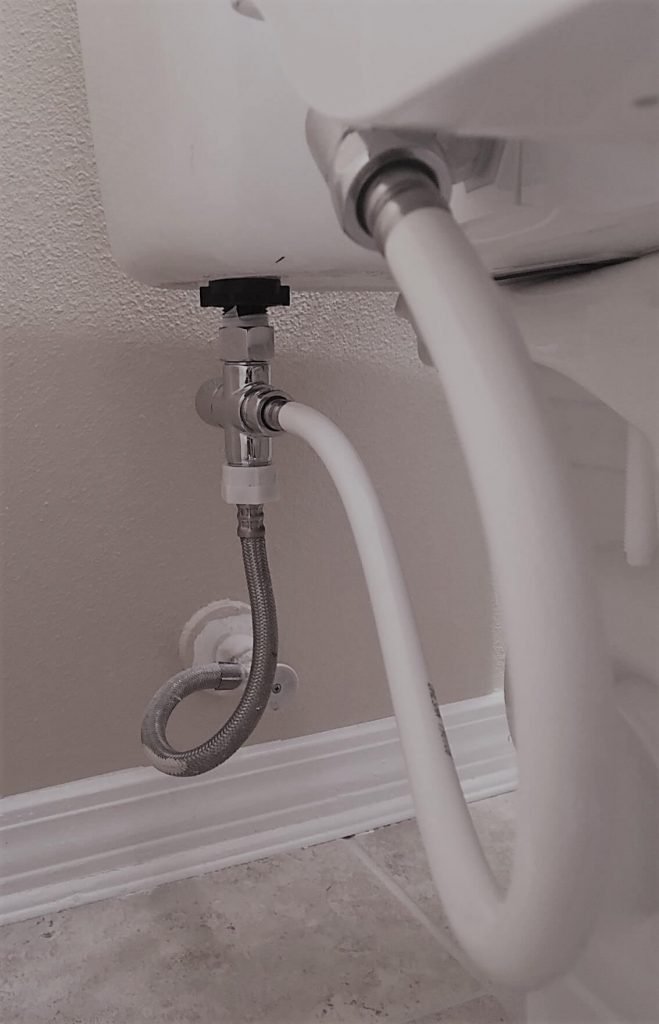
Step 6: Test the Bidet Seat.
For proper testing, you should wrap the top of the bidet seat with transparent plastic wrap to avoid splashing and also to see what is going on in the bowl.
- Turn on the toilet water supply and let the water fill the tank as you check for any leaks in all the connections. If any leak is found, tighten the connection.
- If you have an electronic bidet seat, plug it into a properly grounded electric outlet.
- Start testing the different bidet wash options like the posterior wash, feminine wash, oscillating wash, etc.
- If your bidet seat offers adjustable nozzle positions, go ahead and see to what extent it is extending out. You can also adjust the water pressure, and the best thing is that you can feel how hard it is heating the wrap at different pressures.
- Another important feature of the bidet seat is the dryer. Start the drier and place your hand over the wrap to feel the heat intensity. Adjust to the different dryer temperatures if that feature is available.
- If you are happy with everything, you can now go ahead and test the bidet on your own body. Get used to it.
- Most bidet seats come with a wireless remote control. The remote control will also come with a wall mount. Wall mounts have 2 holes that will help you mount them on the wall nearest to the toilet. You can also choose not to mount the remote control and just have it beside the toilet.
Related Article: Best Bidets for Every Bathroom
FAQs
1. How do you dry yourself after using a bidet seat?
Electric bidet toilet seats use a warm air dryer to dry the user after cleansing. Non-electric bidet seats, on the other hand, have no dryer, and you normally dry yourself using a towel or toilet paper.
2. Are bidet toilet seats sanitary?
Bidet toilet seats are more effective in body cleaning than toilet paper or even wet pipes. Their nozzles also have a self-cleaning function before and after every use. Some high-end bidet seats will even sterilize the nozzle regularly.
3. Why are bidets not popular in America?
Americans did not embrace stand-alone bidets as they were from the beginning, apparently associated with prostitution, family planning, and basically female sanitation, which were somewhat taboo topics in the US. Most Americans also did not like the idea of installing another fixture in their bathrooms.
4. Do you wipe before using a bidet?
If you are using a stand-alone bidet, you should first wipe with toilet paper before washing on the bidet. You, however, do not need to wipe while using a bidet toilet seat.
5. Are bidet toilet seats expensive?
Basic non-electric bidet toilet seats can cost slightly over 100 dollars or even less. High-end bidet toilet seats with more advanced features will generally cost over 500 dollars. You can also get a mid-range bidet seat for about 300 or 400 dollars.